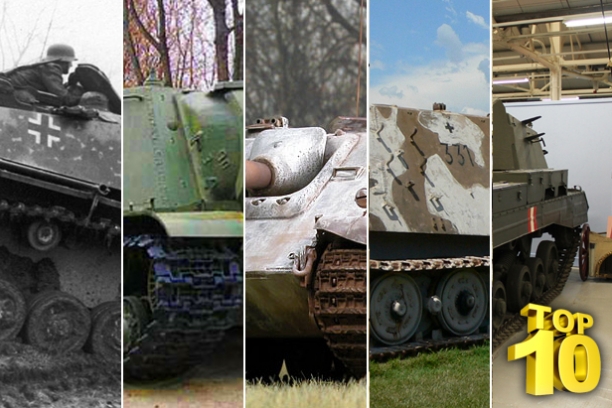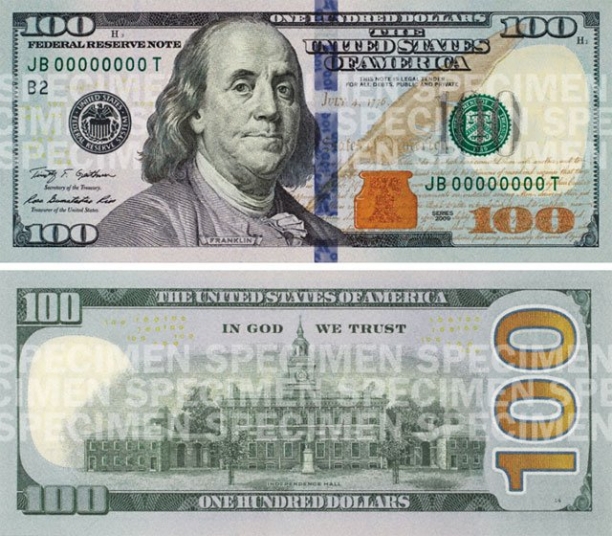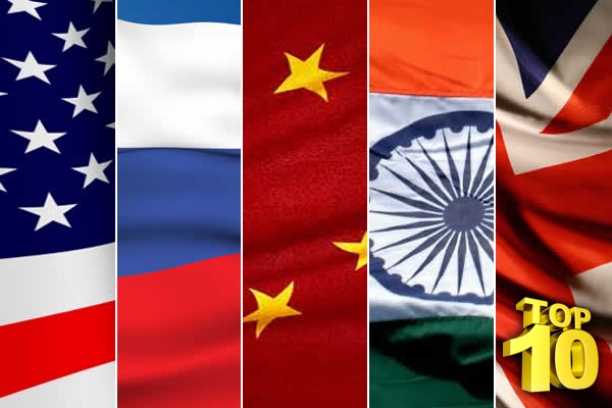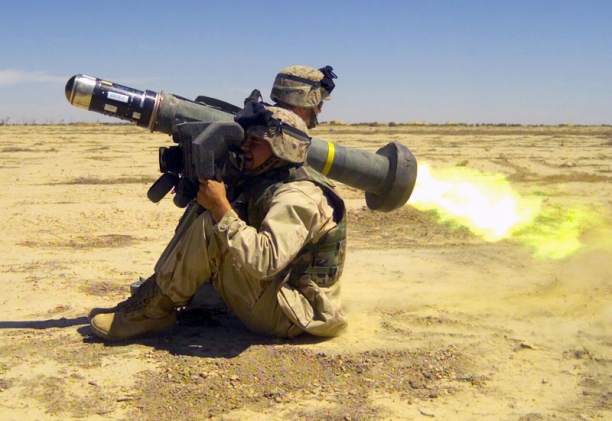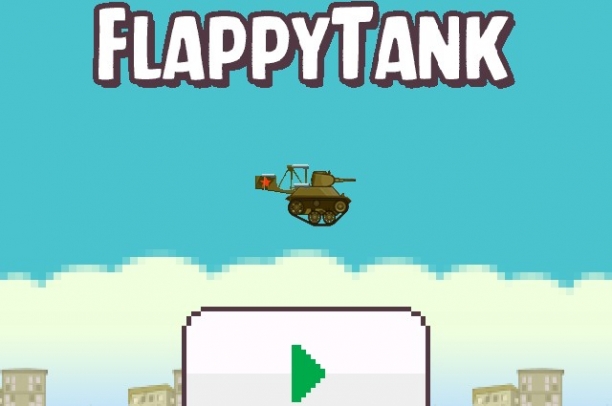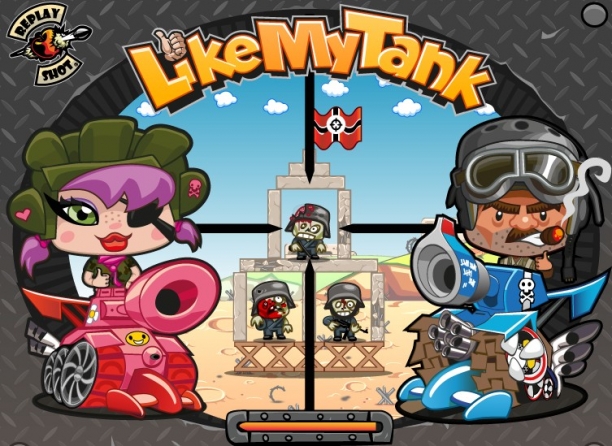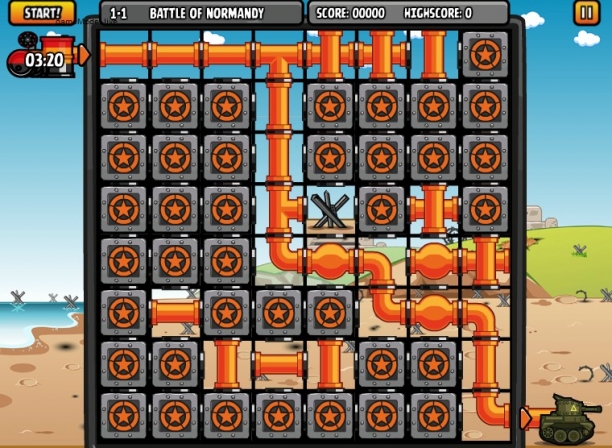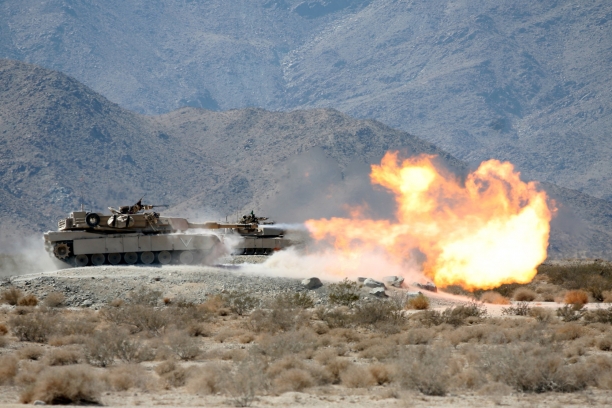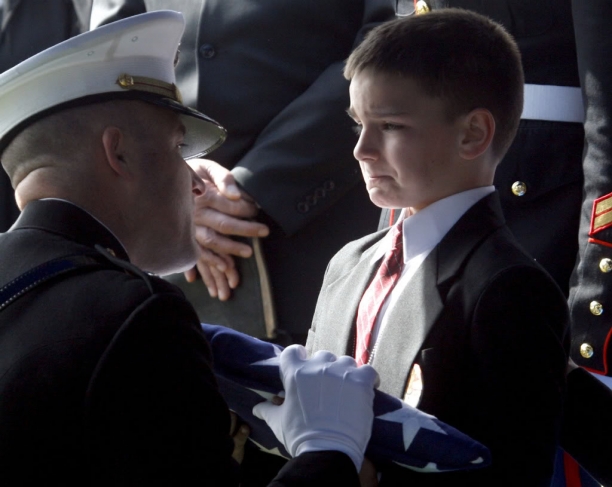Most of the German and Russian weapons that were used to destroy tanks during the Second World War didn't have turrets, but some of the English and American weapons did. Most of the tank destroyers had the same size gun that tanks had, but at a less expensive cost. These tank destroyers did their job well against tanks, but when it came to going up against soldiers on foot they were very ineffective. Below you'll find a list of the top ten tank destroyers in the world. They have been scored based on how well their armor protects them, speed, the power of the main gun, and their experience on the field of battle.
|
Finally after more than 2 years after the target date, the Federal Reserve declared on Wednesday that the newly redesigned 100 dollar bill will be in circulation this coming fall.
In order to avoid forgers and bogus notes, the reformatted bill is composed of blue, 3-D security ribbon and a fading Liberty Bell in an inkwell as supplementary safety features.
The Fed has tentatively set a target date of Oct 8,2013.
The redesigned note had been projected to spread in February 2011. But in December 2010, the officers decided to suspend it to indefinite period. They said they required more time to resolve fabrication concerns that left unwanted creases in many of the bills. They wanted to perfect the new formatted bill.
What do you think?
|
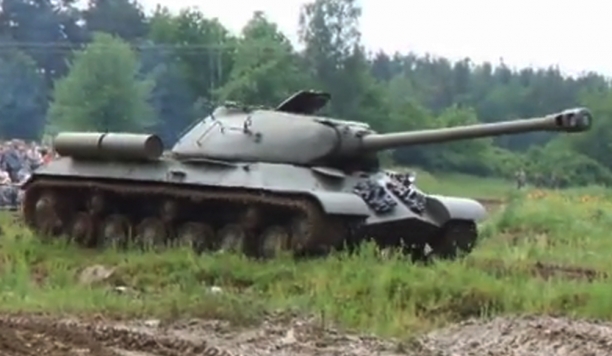
The IS-3 or the Iosef Stalin (Joseph Stalin) IS3 was part of a series of tanks that served Soviet Army during the WWII. The whole series was based upon the KV tanks and began with the IS-1 that was produced in the year 1943. The IS-2 came next during the very same year. The IS-2 came fitted with the 122, main gun - a lethal weapon indeed. The IS-3 was developed afterwards because the Soviets were convinced of its value.
The IS-3 modifications were a re-design of the whole series. For instance, the armor protection of the IS-3 is the best of the lot. This tank has better turret armor protection than its predecessors and is thus a safer machine to operate overall. The armor of the whole series was already a stand out. There were other modifications made on the turret. It was well-rounded and there was more space for the turret crew. Additional projectiles were also given ample space. For better protection from ballistics, the glacis plate had increased slope. The combined modifications on the turret and hull resulted in a lowered silhouette. This made the tank more difficult to track and target from any given angle.
The chief armament of the IS-3 was the 122mm (121.9mm). This was infamous during the war for its excellent penetration capacity and the flexibility that came with it. Expert crew can let off from 2-3 rounds every minute. The projectile choices were expanded as well to include 10 AP or armor-piercing rounds. In addition, there were 18 HE or high-explosive fragmentation. The IS-3 was capable of facilitating battlefield targets.
In October, 1944 the IS-3 prototype was designated as "Object 703." After a very short while and a series of evaluations this was approved for production. Factories in the Soviet Union capable of constructing heavy vehicles were soon busy with construction. The very first operational IS-3 tanks were entered into the inventory of the Soviet Red Army on May, 1945. The IS-3 appeared in the victory parade through the city of Berlin on 7th of September, however, it did not see much action at the front because the war in Europe was mostly over. Adolf Hitler had taken his life and the German capital has fallen under the control of the Soviet Army. Only a few pockets of the German war machine were still continuing the fight, so not much left to deal with.
But it was different in the Pacific because the Soviets were still fighting against Japan. It was said that an IS-3 regiment was deployed in August 1945 in the Far East (mission unknown). By the end of that month the Japanese empire would surrender signaling the end of the war in the Pacific and WWII.
At the time that the Second World War ended, the IS-3 was the most advanced war vehicle of its kind. The Soviets continued producing the IS-3 until mid-1946. About 2,311 units were completed. All the IS-3s in existence were inventoried by the Red Army. The tanks were in the Soviet stockades (it's allies as well) during the years of the Cold War. Even the Western powers had their eye on the IS-3 especially because this tank was a key influence in Soviet tank design in the twenty years that followed.
The IS-3 has a distinctively stout, low-set profile with a curved turret. Somehow its appearance recalls that of an upside-down frying pan. The rifled barrel is long with muzzle break that is double-baffled. The side track on either side has 6 road wheels. The drive sprocket is aft with 3 track return rollers and the idler is held in forward position. The rear compartment is where the V2-IS engine is located while the turret is forward. The heavy chassis was powered by the 520 horsepower engine capable of a top speed of 25 mph. Its range is 115 miles. The IS-3 weighs about 45.77 tons, was 32 feet, 4 inches long and eight feet high. It can be operated by four personnel.
The entire tank body was protected by 20mm - 230mm thick armor which would make it nine inches at the thickest areas. Aside from the armor, the IS-3 was equipped with the D-25T series main gun (121.9mm) and was formidable indeed. Enemy forces loathed attacking it from the front. Its primary weapons were 28 rounds of projectiles (122mm). The secondary armament was a 12.7mm anti-aircraft machine gun which carried 250 rounds. The IS-3 also had one to two 7.62mm anti-infantry machine guns which carried 756 rounds.
The IS-3's design was a step forward in a number of areas. However, it was still beset with mechanical problems much like other heavy tanks of that size. With regard to its operational abilities, the power pack was very unreliable. The transmission systems and engine were both prone to failure. These defects as well as a few matters concerning the hull were possibly due to the speed by which the Soviets pushed for its design & production. It is therefore not surprising that quality control problems would arise. Because of these limitations, a set of upgrades were done, intended to improve certain areas. Some of the improvements made were on the clutch mechanism, road wheels, and new radio equipment. The improvements added to the total weight of the tank by four tons and this additional burden hampered the IS-3's performance a bit.
The Red Army made good use of the IS-3 from the late 1940s until well into the '50s. During the Cold war, the tank underwent a modernization scheme that helped maintain its relevance. After all, its initial design was meant for the World War 2 stage and the Cold War was very different. A number of modern thoroughbreds eventually succeeded the IS-3 and this formidable war machine was soon retired to the history books. Nevertheless, before her time was ended, the IS-3 served a few foreign armies. Egypt was known to favor the IS-3 and even showcased the tank on parades as seen in 1956. The Israeli military captured a few units and these were reconstituted for use of the IDF. The IDF retrofitted the IS-3 with engines from the T54 tanks. The modification improved the performance level for the IDF and gave it a more modern feel. After China's part in the Korean War, this Communist nation also received IS-3 deliveries. The IS-3 was also used as a trainer for new Soviet tanker models before it was taken to storage. The Soviets maintained the IS-3's designation as the most dominant tank in the whole world. Few war vehicles could dispute this distinction.
|
Men love their toys. These are "big boy toys" that have tons of power and a lot of horse power, having 1000 under the hood.
That being said, which one is better?
Our guys wanted to know so they went out to where the army trains in Neumünster, Germany.
|
This is based on multiple studies focusing on how to rank who has the most powerful military.
We took forty non-identical data points (statistics) and from those created and index we call "Power Index" where the lower value means stronger fighting force. The data we looked at for example told us total number of airplanes, working force and population of the country.
Most countries like to boast of their military prowess but not all can backup their claim as one of the best in the world with data and numbers. However, after the calculations were completed, the top ten were easily visible as the most powerful militaries in the world.
We did not account for nuclear power of the listed countries in the rankings.
|
A 6-barreled machine gun, the M134 Minigun can fire from two thousand to six thousand rounds of ammunition every minute.On the barrel is a Gatling gun style rotating device that is powered by external means, but in general an electric motor. It's called "Mini" because of the other designs that came out inkling the M62 Vulcan that had a caliber of twenty mm or higher.
When we say "Minigun" it is in a reference to a gun that GE created originally, but the term "minigun" normally means a Gatling gun style of rifle with an external power source. Of course this term is still used when talking about other types of weapons even if they don't have a power source or a specific caliber.
|
The US created the FGM-148 Javelin as a way to replace the Dragon antitank weapon. It's a weapon that can be carried by a man and then fired at a tank.
The way it works is that you can lock on your target before firing and the missile will self guide its way to the target. The missile specifically is used against the top armor of armored vehicle since it is normally much thiner than the other armor. It can also be used to shoot at buildings and go after enemy helicopters. It can go up to a height of five hundred feet when being used in top attack mode and sixty meters when in direct fire mode.
|

When Josh Hargis was an Army Ranger stationed in Afghanistan's Panjwai district he came under enemy fire and suffered wounds. He survived his severe injuries while four of his team members were killed.
This soldier was given the Purple Heart by the American government. The photo above was sent to his wife that was taken by his commander and the note that came with it is an inspirational message.
It took couple of hours after Josh was wounded before he arrived at the hospital to be treated. When he was seen by doctors, he was immediately operated on. Many hours later, he emerged from the ICU at the Afghan base of the US military in severe pain & mental duress. However, he was alert and he received the few Rangers allowed at this bedside.
Before he was transferred to Germany where he would be flown back to the US, Joshua was given the Purple Heart. The simple ceremony was held in honor of the wounds that he received in action. Imagine a room full of Ranges, doctors, nurses surrounding the wounded soldier who was confined in bed. The Ranger Regimental Commander presented the medal and pinned it to Josh's blanket. The official orders were published verbally. The Commander leaned over to Josh and sincerely thanked him for his noble sacrifice. The 50 people in the room assumed that Josh was unconscious at that time, but he started moving his right arm in an effort to salute the officer. The doctor tried to restrain Josh because his right arm had all sorts of tubes and bandages over his wounds, but Josh fought the doctor and successfully rendered a salute.
That day, the height of emotion which permeated the ICU was truly intense. All the men and women were overcome and began to weep as Joshua's simple gesture spoke volumes about his character. The picture that deserves a place in every newspaper and news channel is now hanging above my desk. For me, it is the greatest event that I have witnessed in my 10 years serving in the US Army.
|
|
|
|

